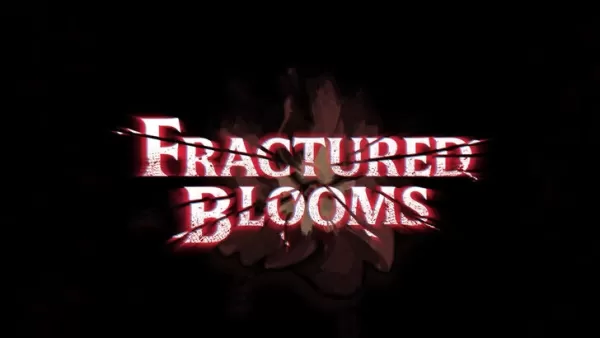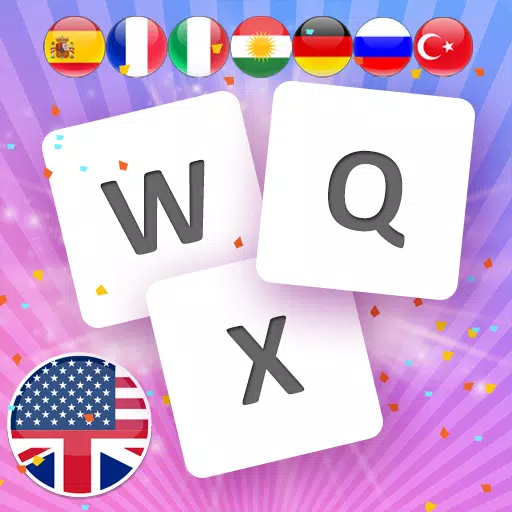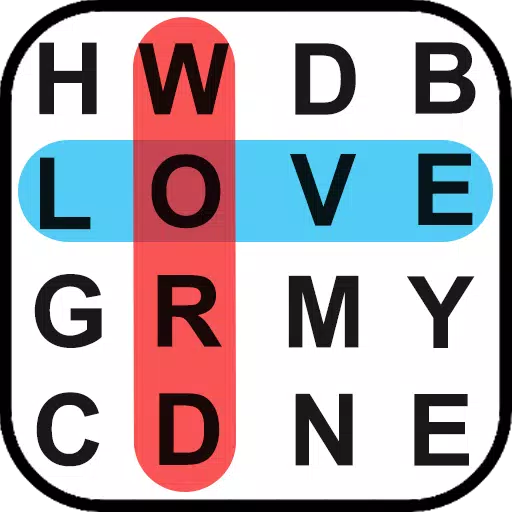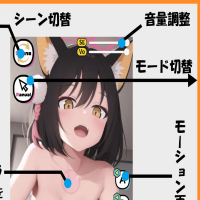Nintendo recently held a detailed 60-minute Nintendo Direct, offering a comprehensive look at the upcoming Switch 2. Among the highlights were the console's price set at $449.99, a release date of June 5, 2025, and an impressive lineup of new games. A significant revelation was that the Switch 2 will exclusively support microSD Express Cards for storage expansion, making it incompatible with the standard microSD cards used by the original Switch.
This means that when you upgrade to the Switch 2 this summer, you won't be able to use your existing storage cards. To meet your storage needs, you'll have to invest in microSD Express cards, such as those currently available from SanDisk on Amazon. Options include a 128GB card for $44.99 and a 256GB card for $59.99.
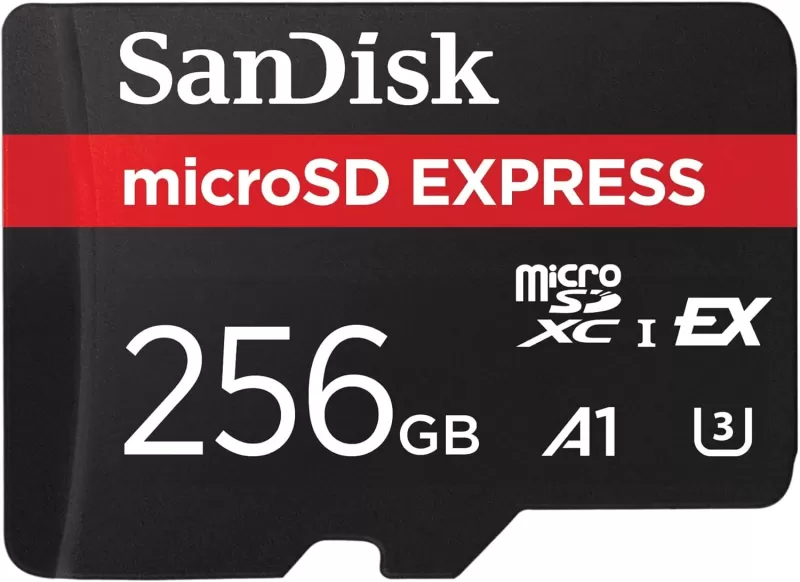
The Switch 2 boasts a significant storage upgrade, coming with 256GB of internal storage compared to the original Switch's 32GB. This increase might mean you won't need to expand your storage immediately. However, it's worth noting that games for the Switch 2 are expected to be larger than those on the original console. For instance, while "Tears of the Kingdom" was 16GB on the original Switch, its Switch 2 version and other titles like "Mario Kart World" could demand more space.
While the exact file sizes for Switch 2 games remain undisclosed, it's clear they will require substantial storage. Unlike the original Switch, which supported standard microSD, microSDHC, and microSDXC cards, the Switch 2 will only accept microSD Express cards.
Why MicroSD Express for Switch 2?
Nintendo's decision to adopt microSD Express cards for the Switch 2 marks a significant shift in storage technology. MicroSD Express cards offer a massive leap in performance, utilizing PCIe and NVMe technology to achieve speeds of up to 985 MB/s—nearly ten times faster than the 104 MB/s max speed of traditional microSD cards using the UHS-I interface.
This speed advantage is why the Switch 2 will only support microSD Express cards, ensuring it can handle larger and more demanding games without performance issues. However, there's a notable drawback: these cards are more expensive. For example, a 128GB SD card for the original Switch costs around $10-15, while the same capacity in an Express card is about $45.
Additionally, microSD Express cards are less common than standard microSD cards, with only a few brands like SanDisk and Samsung producing them. While Nintendo's move to microSD Express focuses on speed and future-proofing, it does mean higher costs for expandable storage for users.
If you're planning to purchase a Switch 2, be prepared to budget for these faster, yet pricier, memory cards. For a closer look at all the announcements from the Nintendo Switch 2 Direct, you can click here.




